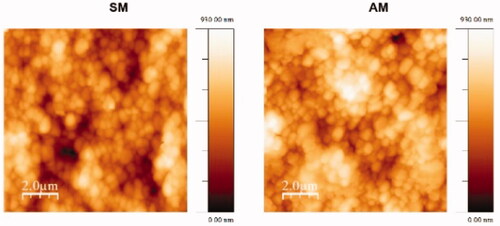Abstract
Introduction: Ceramic based prosthetic materials for dental restorations have been playing an important role in the dentistry industry, due to their mechanic and aesthetic properties, chemical stability and biocompatibility. Additive manufacturing (AM) is an emerging alternative to the conventional subtractive techniques (SM), to obtain dental pieces, since it is able to produce customized complex 3D pieces at low cost, decreasing the material’ waste and the production time. In particular, robocasting (RC), which is an extrusion filament-based 3D printing process, seems promising for this purpose. However, concerns regarding the material’s intrinsic final properties may arise. The aim of this study is to evaluate the potential of the robocasting technique to produce reliable zirconia dental structures, comparing several properties of the samples produced.
Materials and methods: Yttria stabilized-Zirconia (5 wt% Y2O3) pieces were produced by subtractive manufacturing (SM) and robocasting (AM). Samples were sintered at 1500 °C and polished. Density and porosity were determined by the Archimedes method and by optical microscopy, respectively. The topography/morphology was analysed by atomic force microscopy. Wettability measurements with water were performed by the sessile drop method. Vickers hardness was also determined with an applied load of 98 N. In average, 10 measurements were done for each technique.
Results: The obtained results are summarized in . AFM images are shown in .
Discussion and conclusions: Contrarily to SM samples that present a density very similar to the theoretical value, AM samples present a lower value (95.5%). This explains the higher porosity observed for AM samples. Although the surface roughness of the samples is similar, different values were found for wettability. Nevertheless, both are hydrophilic. Finally, AM samples hardness is significantly lower than that found for SM samples.
In conclusion, there are still some challenges to overcome to produce AM samples for dental applications, in particular relatively to material’s densification. The samples’ porosity may compromise the materials’ mechanical properties, like toughness.
Table 1. Evaluated properties for SM and AM samples.
Acknowledgements
To Fundação para a Ciência e a Tecnologia for funding through the research project 02/SAICT/2016/023940 and of the unit projects UID/QUI/00100/2013, UID/CTM/04540/2013 and UID/BIM/04585/2016 of CQE, CeFEMA and CiiEM, respectively.

